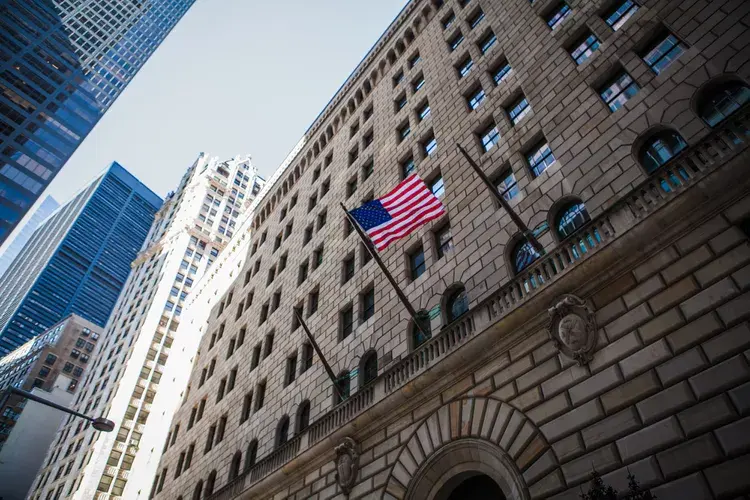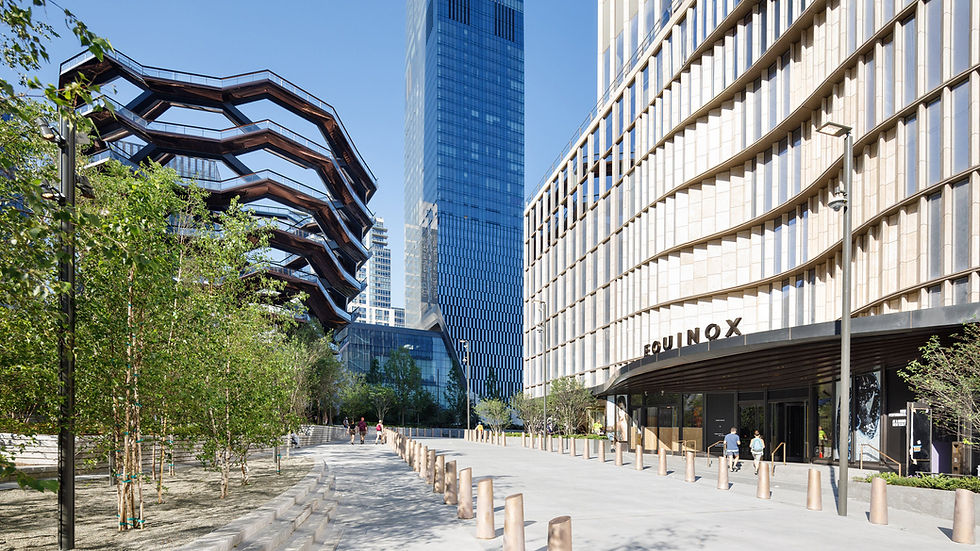Weekly Market Report - April 13, 2022
- Norman Bobrow

- Apr 12, 2022
- 3 min read
***
Like the proverbial elephant examined by five blind men, the 460 million square-foot Manhattan office market lends itself to many different interpretations. There’s a statistic to support every perspective. A new report cheerfully cites a near 100% rise in year-over-year leasing activity for the first quarter of 2022. The 5.68 million square feet of transactions were up 96% over the first quarter of 2021. Such large deals as IBM Inc. at 1 Madison Ave. (328,000 square feet), PDT Partners at 60 Columbus Circle (110,000 square feet) and Celonis at 1 World Trade Center (75,000 square feet) suggest a major market rebound.
Average Midtown asking rents climbed 2% over the previous quarter. Midtown South leasing volume was up for the third straight quarter. Downtown’s quarterly absorption was positive for the first time since the third quarter of 2019. All good news, right? But we have a different take. The brokerage found rising vacancies across the board, due in part to sublease additions surpassing demand. It noted that first-quarter leasing was higher than in early 2021 but 25% below the fourth quarter. Large new sublease availability “pushed vacancy up to the highest levels recorded since the onset of the pandemic at 15.2 percent.”
Neither set of data is wrong — it’s rather a matter of choosing which facet of the market to emphasize.
***
JPMorgan Chase, the largest U.S. bank by assets and the largest private occupier of office space in Manhattan, is “moving full steam ahead” on the construction of a new headquarters at 270 Park Avenue, despite marked shifts in office usage by the bank and other major companies, according to Chairman and CEO Jamie Dimon’s annual shareholders letter out April 4. Dimon also reiterated language surrounding changing trends in office usage, again acknowledging that remote work has changed the way JPMorgan approaches its workplace needs. He did say, however, that a fully remote schedule for most JPMorgan employees simply doesn’t work, especially “when people don’t know each other.”
As for JPMorgan going forward, “while it’s clear that working from home will become more permanent in American business,” according to Dimon, roughly half the bank’s workforce will continue to work full time at a particular location. About 40 percent of employees will work under a hybrid model, and the last 10 percent or so will work full time from home “in very specific roles.” The letter doesn’t specify which roles. JPMorgan’s 2.5 million-square-foot tower at 270 Park Avenue is supposed to open in 2024, a year when the Manhattan office market in general might finally be shaking off the worst of the pandemic’s effects on leasing and occupancy.
***
A record number of employees were back at the office for the week of March 30. While that’s positive news for the office market, the level marked only 42 percent of pre-pandemic levels. The share of workers back in the office was the highest in around three months, prior to the surge of the omicron coronavirus variant. Some cities are seeing more workers back in the office, particularly in Texas. Bisnow reported office occupancy in Austin hit 61.7 percent of its pre-pandemic level the week of March 30, the first time one of the barometer’s cities crossed the 60 percent threshold. Houston and Dallas are also leading the national return-to-the-office markets.
The pandemic-high office occupancy may be lifting the spirits of landlords and building owners, but the number seems certain to plateau eventually. Two-thirds of the 50 million Americans affected by work-from-home trends would prefer not to return to the office, according to a New York Times survey from last month. Many cited workplace culture as a reason to stay away. Before the pandemic, only about 4 percent of employees in the United States worked exclusively from home. By May 2020, that figure had jumped to 43 percent, according to Gallup. While some major companies are still working on bringing employees back to the office, others have formally acknowledged that remote work is here to stay.









Comments